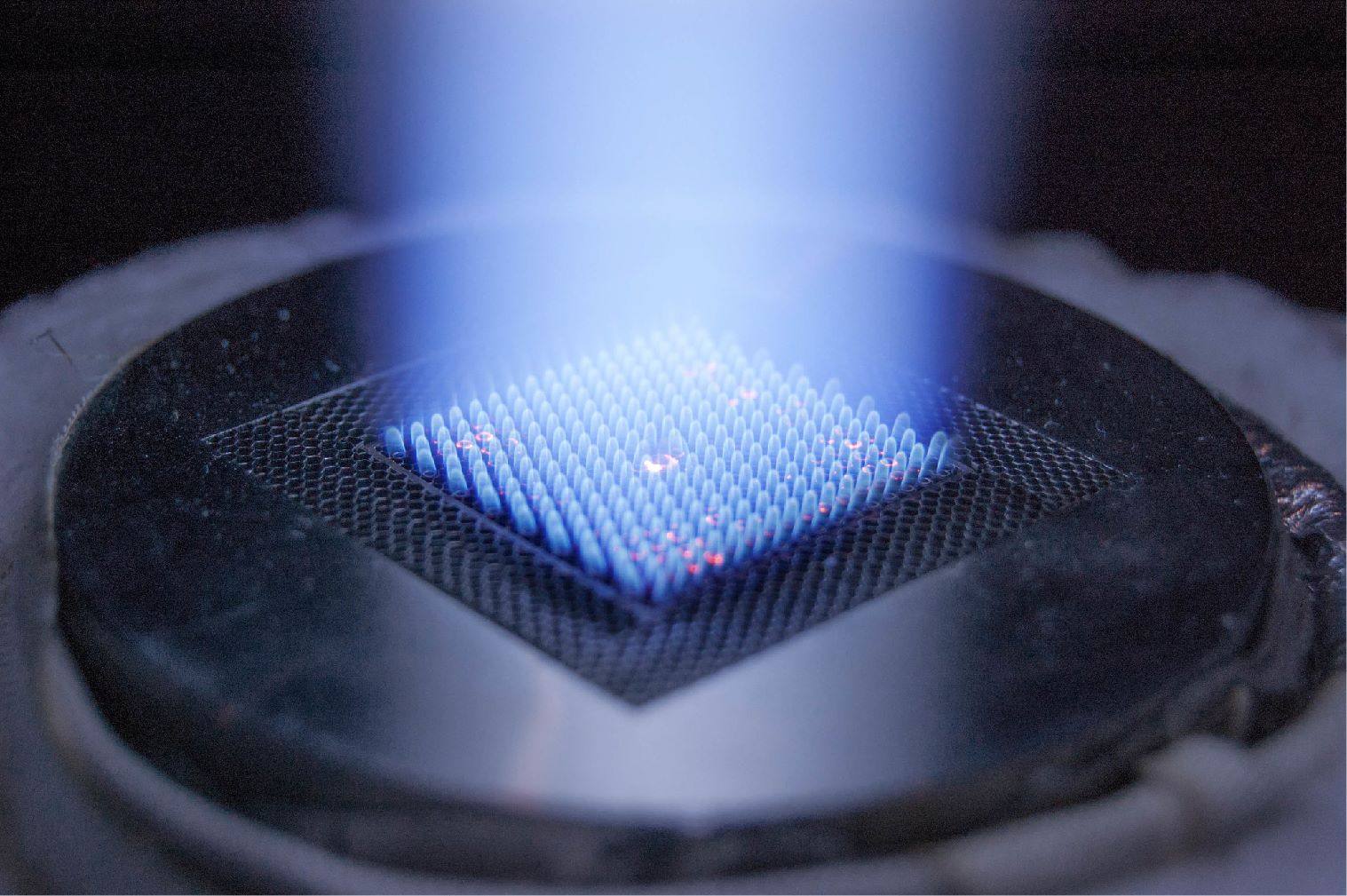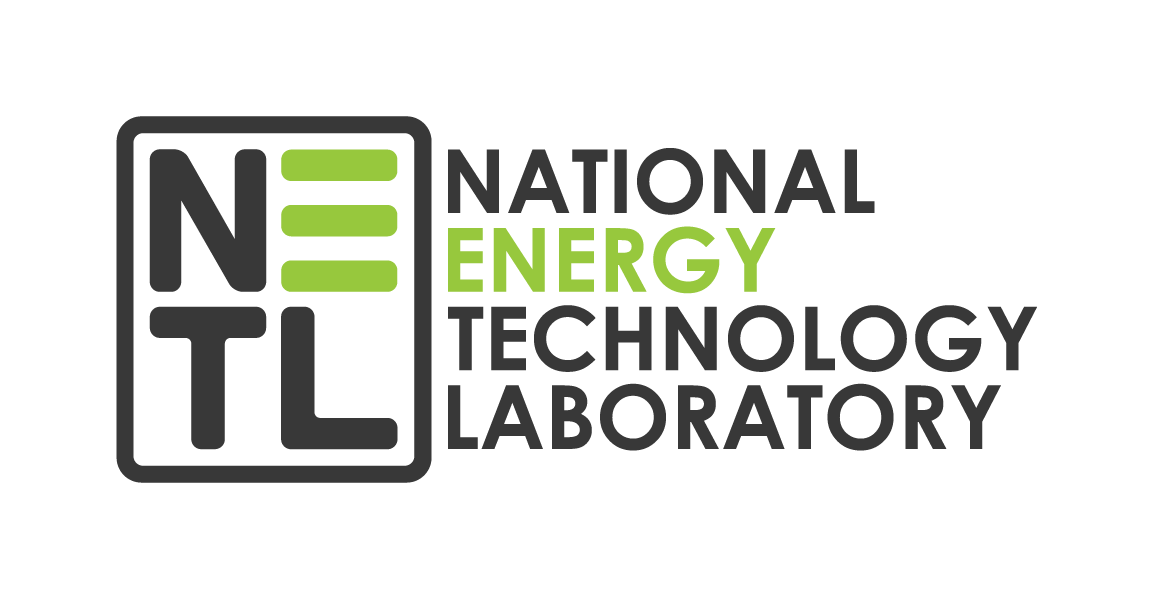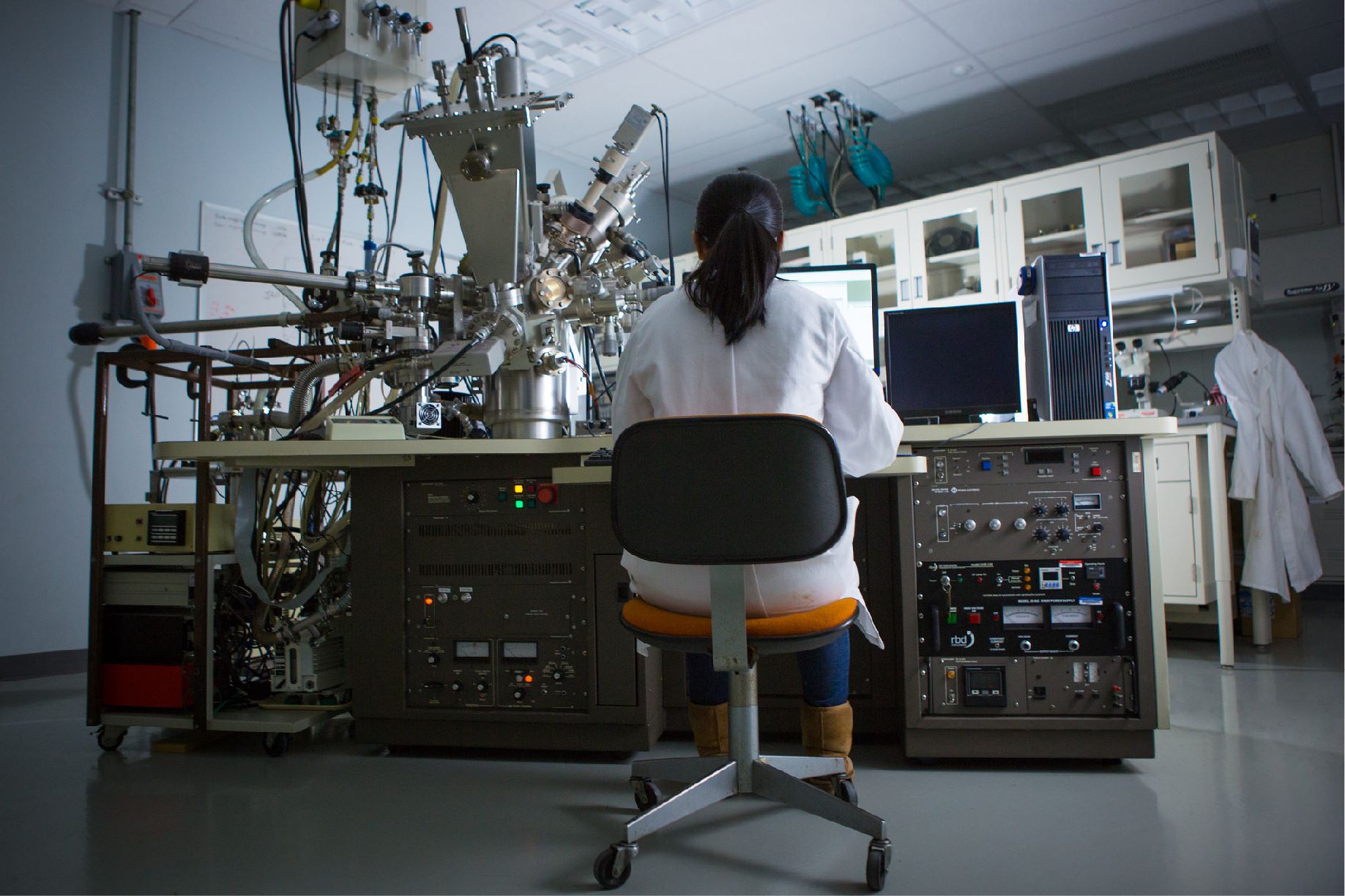Multi-stage hydraulic fracturing of unconventional reservoirs, implemented in tens of thousands of wells, has been the enabling technology for the tremendous growth in oil and gas production in the U.S. in the past decade. Throughout this development, much of the technology has resulted from expensive trial and error approaches applied in the field. This approach continues today, even as the technology is evolving rapidly. In spite of the thousands of wells drilled and hydraulically fractured, and the billions of dollars spent, the industry is still in the dark about fundamental features of the created fracture systems, such as the stimulated reservoir volume and the complexity of the fracture system that was created. Without this basic knowledge of the true stimulated reservoir volume, operators cannot optimize key development parameters including well spacing and vertical placement of laterals.
This project, led by Texas A&M University, has developed a science-based field laboratory in the Austin Chalk/Eagle Ford Shale Formation to determine the stimulated reservoir volume created by the fracturing of multiple wells. Utilizing newly developed monitoring solutions, the team has acquired unprecedented and comprehensive high-quality field data on the extent and morphologies of productive fractures created from these wells. Advanced field monitoring has been complemented by laboratory testing on cores and drill cuttings, and coupled modeling for design, prediction, calibration, and code validation. The Austin Chalk/Eagle Ford Field Laboratory is hosted by SM Energy, which has provided access to the wells of opportunity.
The ultimate objective of the Austin Chalk/Eagle Ford Field Laboratory Project is to improve the effectiveness of shale oil production by providing new scientific knowledge and new monitoring technology for both initial stimulation/production as well as longer term production after fracture stimulation. The project will provide key insights into the fracture stimulation processes, and develop new methodologies and operational experience for optimized production of oil from fractured unconventional reservoirs, an end result that would allow for more production from fewer new wells with less material and energy use. While aspects of the proposed project are site-specific to the Austin Chalk/Eagle Ford formation, there will be many realistic and practical learnings that apply to other unconventional plays, or even apply to other subsurface applications such as unconventional gas recovery and geologic carbon sequestration and storage.
Planned Research Activities
SM Energy is the field operator that hosts the field site for the Austin Chalk/Eagle Ford Field Laboratory led by Texas A&M University (TAMU) to conduct a science-based field laboratory project in the Austin Chalk/Eagle Ford Formation. Utilizing newly developed and integrated monitoring solutions, the project team has collected comprehensive high-quality field data to improve scientific knowledge of unconventional reservoir stimulation with the most advanced hydraulic fracturing being applied. Multi-stage hydraulic fracturing of six producing wells conducted in December, 2021 through January, 2022 was monitored using Distributed Temperature Sensing/Distributed Acoustic Sensing (DTS/DAS) fiber optic cables in two of the wells, downhole pressure gauges, and surface seismic sources and receivers for active seismic interrogation and microseismic mapping. Other supporting measurements that were made include openhole fracture imaging logs, oil and water soluble tracers added to some of the fracture fluid, downhole video imaging of perforations before and after fracturing, and production logs run in some of the wells after production begins. In the two wells equipped with fiber, fracturing conditions were varied stage by stage to determine the effects of parameters like fracture fluid volume, proppant amount, fracture fluid characteristics, and perforating conditions on the created fracture system. Field monitoring was complemented by laboratory testing on cores and drill cuttings, and coupled modeling for design, prediction, calibration, optimization, and code validation.
SM Energy, the site host, conducted these activities as part of the field laboratory:
- Drilling and multi-stage fracture stimulation of six new wells
- Running a fracture imaging log on one of the wells
- Installation of fiber optic cables and surface equipment on two of the wells
- Installation of downhole pressure gauges in some of the new wells, and in some previously drilled wells near the new wells
- Installation of surface orbital vibrators (SOVs) for active seismic sources
- Installation of a surface array of geophones for microseismic monitoring
- Injection of oil and soluble chemical tracers in some stages of the fracture treatments
- Running downhole video cameras before and after fracturing to image perforations in one of the wells
- Running production logs in one of the wells after they are placed on production
The ultimate objective of the Austin Chalk/Eagle Ford Field Laboratory Project is to help improve the effectiveness of oil production in unconventional reservoir by providing new scientific knowledge and new monitoring technology. The main scientific/technical objectives of the proposed project are:
- Build and test surface active seismic monitoring with fiber optics in observation wells with DAS and SOVs to conduct: (1) real-time monitoring of fracture propagation and stimulated volume for new stimulation of multiple wells, and (2) time-lapse seismic monitoring of reservoir changes during production.
- Test distributed temperature sensing (DTS), distributed acoustic sensing (DAS) and distributed strain sensing (DSS) with fiber optic technology and develop protocols for field application.
- Assess spatially and temporally resolved production characteristics and explore relationship with stimulated fracture characteristics by DFIT, openhole logging, production logging, and tracer technology.
- Understand rock mechanical properties and reservoir fluid properties and their effects on stimulation efficiency through coring, core analysis and drilling cutting analysis.
- Develop forward and inverse modeling to calibrate simulation models using all monitored data.



